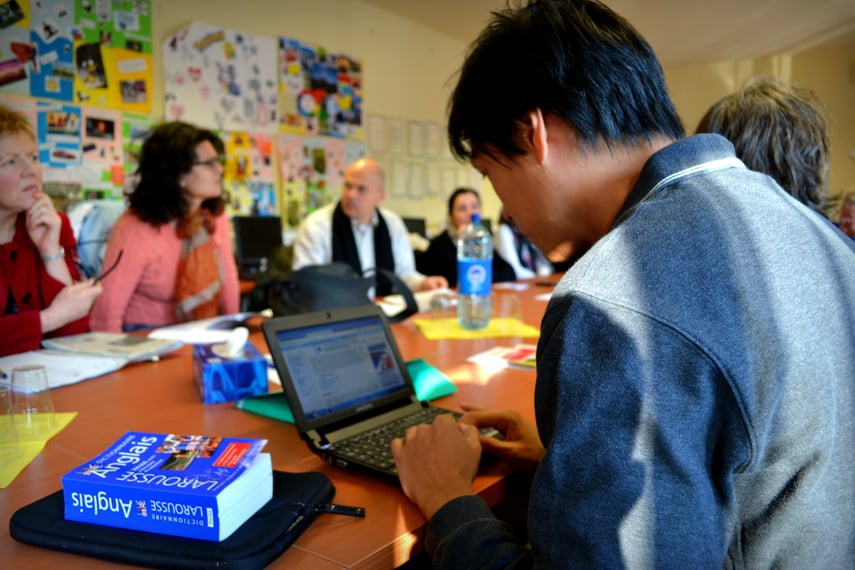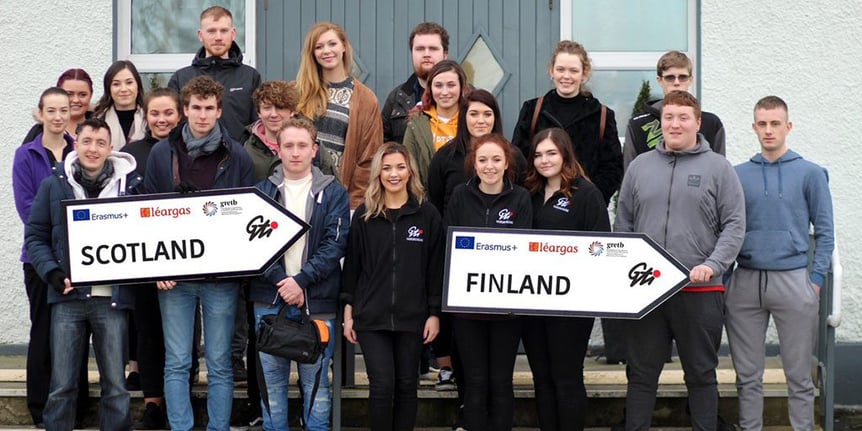Tips for a great Erasmus+ VET Mobility Project Final Report Narrative
 The Final Report Narrative for an Erasmus+ VET mobility project is an opportunity to reflect on the work that you've done, to show off the strengths of your project, and to consider progress for the future. Tomás Bulnes from our Client Support Team gives his tips on how to put together a great narrative.
The Final Report Narrative for an Erasmus+ VET mobility project is an opportunity to reflect on the work that you've done, to show off the strengths of your project, and to consider progress for the future. Tomás Bulnes from our Client Support Team gives his tips on how to put together a great narrative.
- Think of the Final Report as a learning tool for your future projects. Make its content useful for yourself and your colleagues.
- Don’t copy and paste what was written in the project application - refer to it! Make sure to also consider any feedback or recommendations you received from Léargas, and include how you responded to them.
- Your project is about much more than the mobilities you organised.. Think about what improved or changed in your organisation because of the project, and let us know!
- Be consistent when you refer to numbers and type of participants (learners, staff or accompanying persons), as well as to partners, host employers and other stakeholders. It can be confusing for the Final Report evaluator if there is conflicting information! This also goes for destinations, durations, sectors, meetings, and specific objectives and achievements.
- Keep notes of every meeting and event from the beginning of the project: planning, cooperation, project management and inconveniences, so that you can include them in the narrative in your Final Report.
- Record the reflection or evaluation of different aspects of your project that you received from different participants. You can also add some quotes! You can cover areas such as:
Practical arrangements, including challenges and difficulties
Learning agreements, roles and responsibilities
Mobilities and experience abroad
Work placements: selection process, preparation, supervision, mentoring and support, validation and recognition
Engagement of participants, your organisation, colleagues and partners
Learning outcomes: soft skills, professional and vocational competencies, values and approaches acquired
This information could come from debriefing minutes, surveys, supervisor feedback, participant reports, Europass documents, participants’ diaries or journals.
- Your project does not end as soon as the Final Report has been written! Refer to areas of improvement, anything you have learned, and future projects and activities you plan.
- Tell us about your Erasmus+ project presence throughout the year: conferences, networking visits, open days, graduation ceremonies, forums.
- Tell us who you told about the project, and how! Include networks reached, peer-to-peer sharing, social media, your website – and all your other dissemination!
- It’s time to show off! Take advantage of the report to demonstrate the impact of your project; imagine you're using the report to convince a new partner to organise a project together! Who knows? You might make it to the “Best Practice projects” in the EU Project Results Platform.
- The Mobility Tool should match the Final Report. Get in touch with us if you need help before your report submission deadline.
- Proof reading: don’t forget to ask a colleague to read your Final Report and let you know of any inconsistencies before you submit.
We welcome contributions to 'Insights' at comms@leargas.ie


